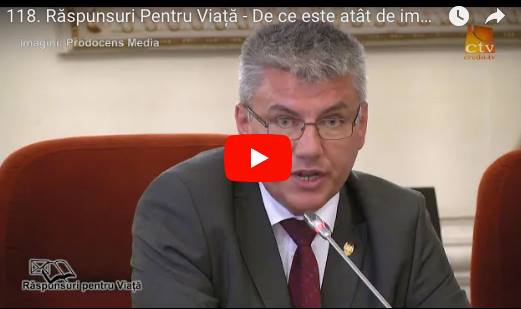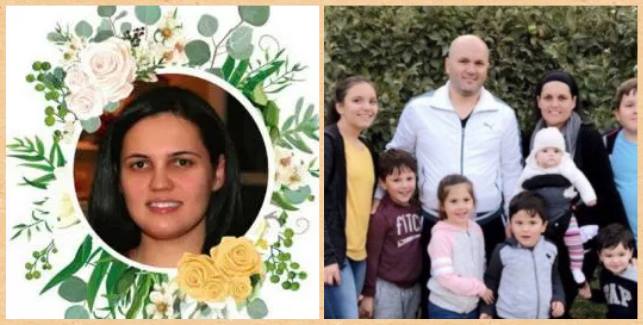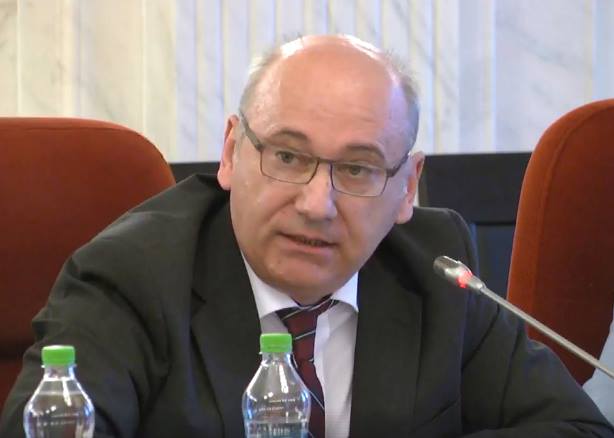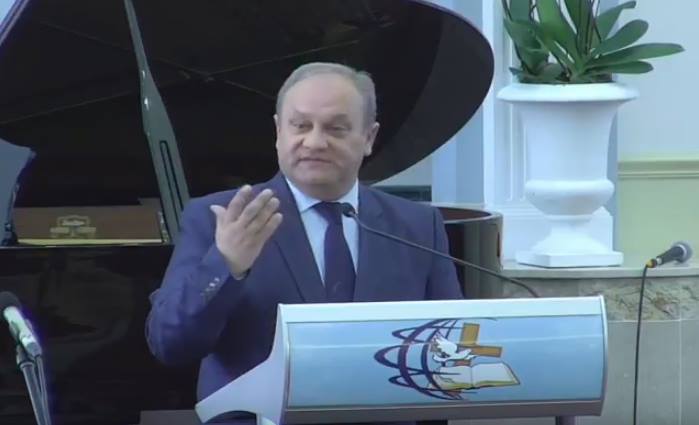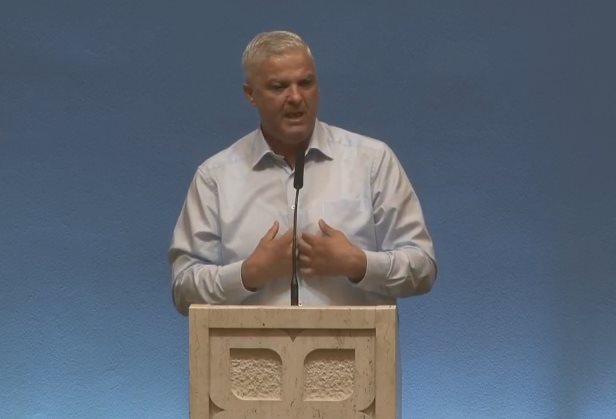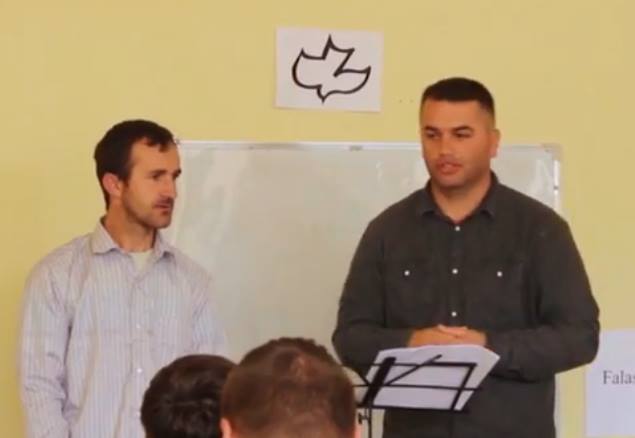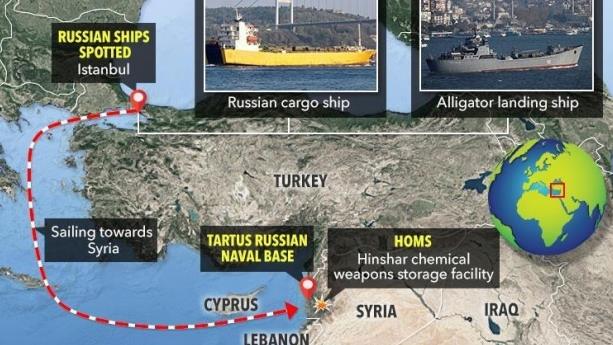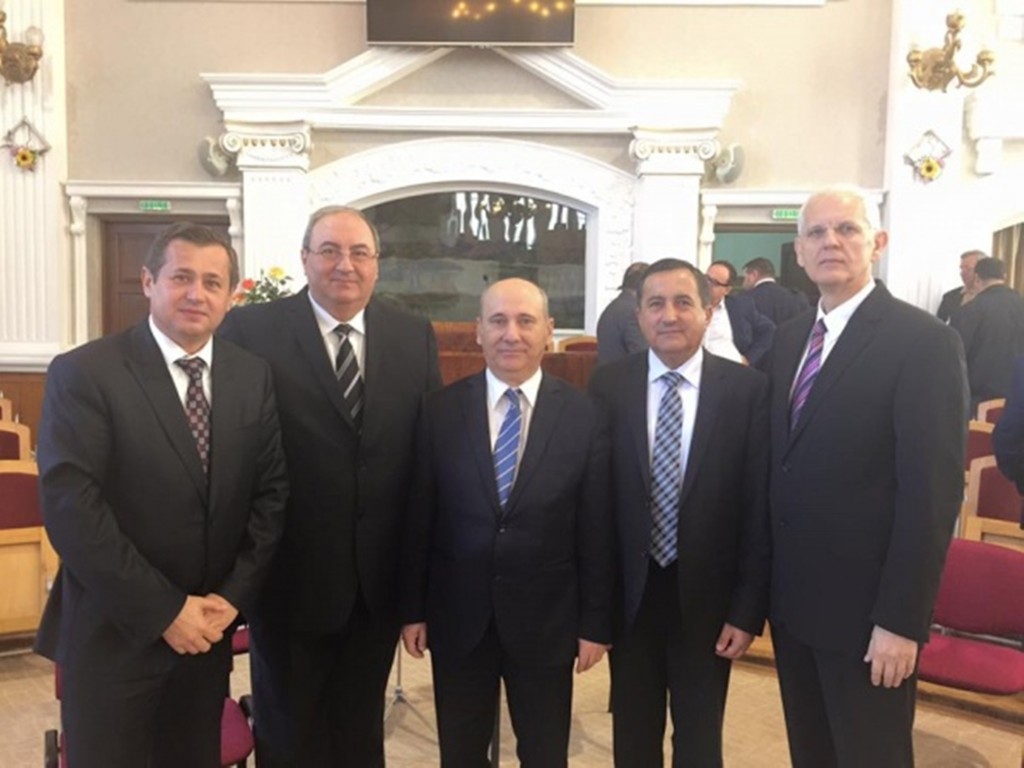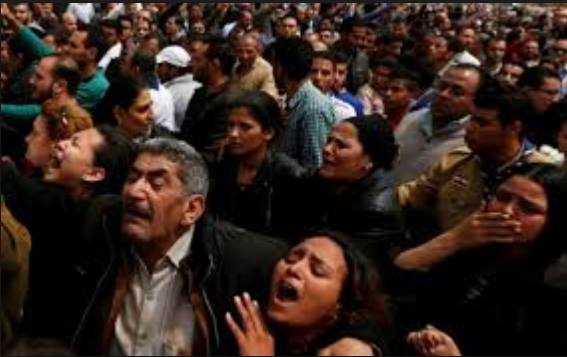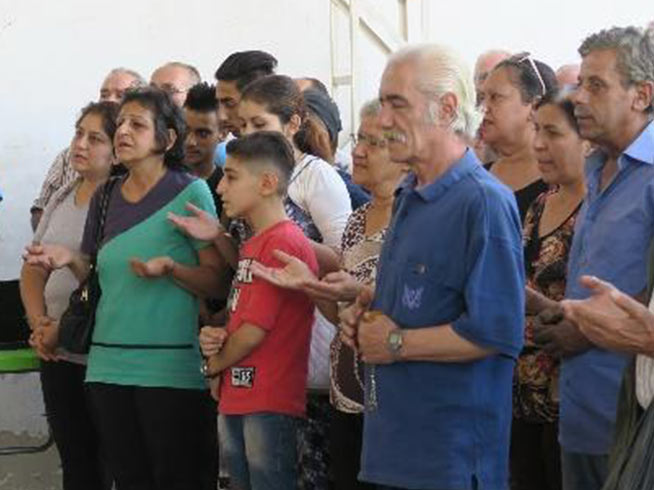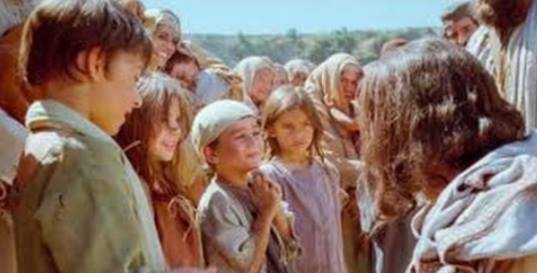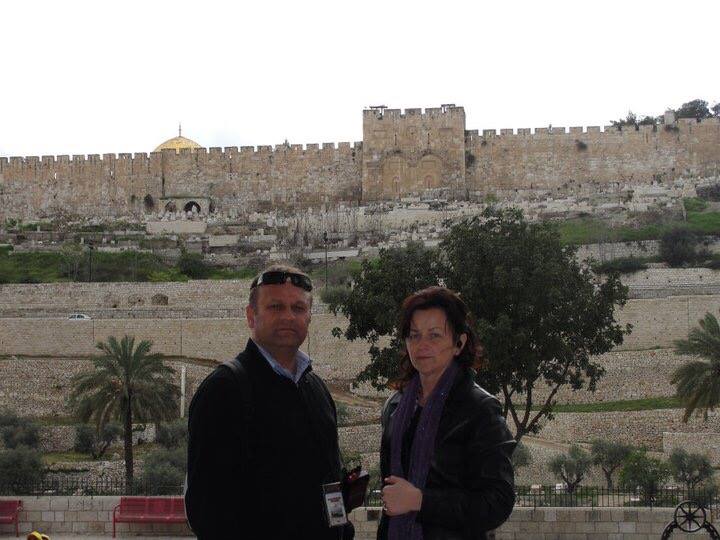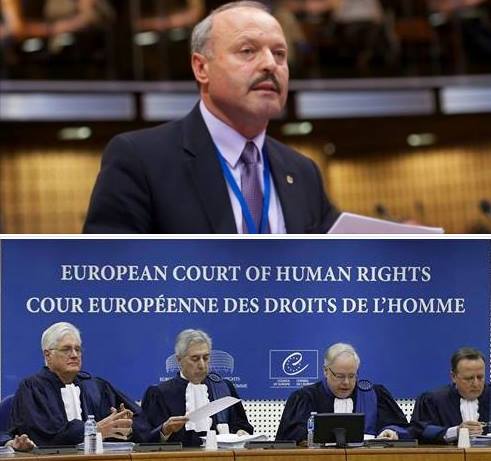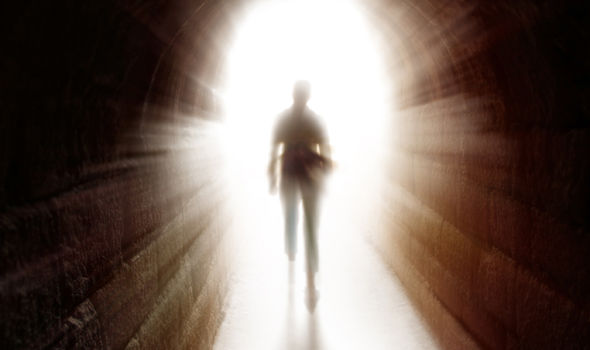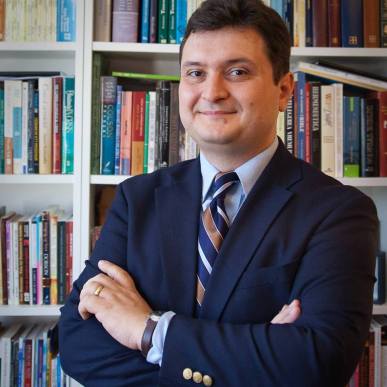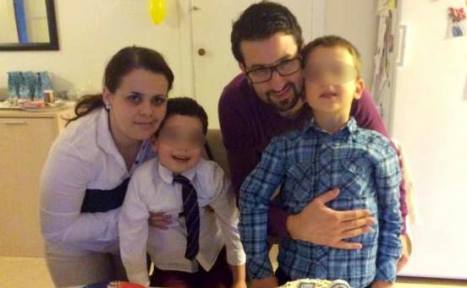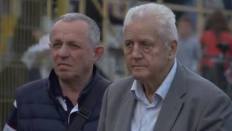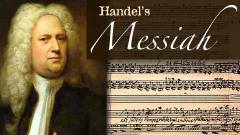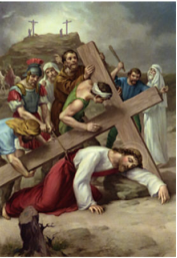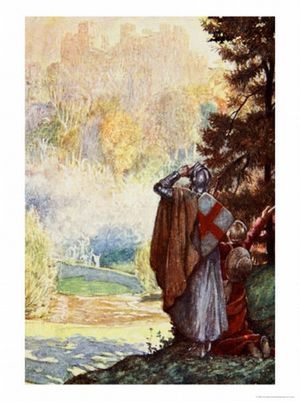(via) Paul’s call to the ministry of the Way is intertwined with Peters efforts to reach out to the Gentiles in the formative years of the Church. Below is an excerpt (from pp 462-465) of the narrative mostly from Acts of Paul’s ministry before he made his first missionary journey (which will follow in a future post).
Now as he was approaching Damascus…suddenly a light from heaven flashed around him. Acts 9:3.

(from The Tyndale Handbook of Bible Charts & Maps. Copyright 2001 (c) by Neil S. Wilson & Linda K. Taylor.) (Tyndale House Publishers, Inc., Wheaton, Illinois)
The road from Jerusalem to Damascus owes its fame to an event occurring along it about the year A.D. 34. Acts gives us the most famous account of Paul’s “Damascus Road experience.” The great persecutor, “still breathing threats and murder against the disciples of the Lord” (Acts 9:1), is on his way to the city, claiming the high priest’s authority to arrest any disciples of Jesus he should find there. But this journey will take an unexpected turn.
Roads and journeys are important throughout Luke and the Acts of the Apostles. The Gospel’s central section (Luke 9:51-19:27) describes Jesus’ last journey to Jerusalem, during which He prepares His disciples for what is to come. But life-changing experiences also happen on roads out of Jerusalem. It is on the road from Jerusalem to Emmaus that Cleopas and his companion encounter the risen Lord (Luke 24:13-35). On the road connecting Jerusalem with Gaza, Philip encounters the Ethiopian eunuch (Acts 8:26-40). Now it is on another road from Jerusalem that the persecutor Saul of Tarsus will be transformed into Paul, Apostle to the Gentiles. Given the significance of journeying, it is not surprising that the earliest followers of Jesus were known as people who belonged to the Way (Acts 9:2).
Conversion or Call?
Paul most likely followed the major thoroughfare through the Jordan valley, before turning to the northeast from Galilee toward Damascus, the snow capped Mt. Hermon to the north. As he drew near to Damascus, the dramatic event occurred. Although Christians have come to speak of Paul’s conversion, the story told by Acts, and the allusion to it in Paul’s letters, suggest another possibility.
In that it was so life changing, shaking the very foundations of his Pharisaic worldview, it is appropriately called a conversion. Yet this did not mean a transfer from one religion to another. Rather, Paul prefers the language of a prophetic call: he is being commissioned for a particular task. He believes, like Jeremiah and Isaiah before him, that he has been prepared for this new role since before his birth (Galatiians 1:15); see also Isaiah 49:1; Jeremiah 1:5). His call near Damascus is understood to include a direct charge to preach God’s Son among the Gentiles (Galatians 1:16).
 Paul in Damascus
Paul in Damascus
Damascus is located in an oasis in southern Syria, approximately 135 miles (217 km) northeast of Jerusalem. The city was completely rebuild in the Hellenistic period, on a grid system. The one exception to the right-angled layout was the colonnaded “Street called Straight,” which crossed the city from east to west. Its name probably reflects a local joke, for it was not straight but slightly crooked. Here Paul will reside with a fellow Jew named Judas.
When Paul finally arrives in Damascus, a Christian Jew, Ananias, seeks him out. Paul later describes him as “a devout man according to the law and well spoken of by all the Jews living” in Damascus (Acts 22:12). Acts does not state how the Christian message reached Damascus, though that might be due to missionaries scattered following Stephen’s martyrdom (Acts 8:1). Ananias restores Paul’s sight, and brings him by baptism into the messianic community. He boldly addresses as “brother Saul” one who, only days before, was intent on persecuting people such as him. He is another of the unsung heroes of the early Church, who disappears from Luke’s story as quickly as he entered it.
Escape from Damascus
Apart from describing his synagogue preaching in Damascus, Acts is silent about what happened next. We do know from Galatians, however, that after his call he spent some time in Arabia before returning to Damascus (Galatians 1:17). “Arabia” refers to the area to the south, the kingdom of Nabataea. Its capital was the famous rock city of Petra. ( See a short video of this ancient city that still  exists today here.) Paul declines to spell out his reason for heading to Arabia/Nabataea and he seems to have made enemies there. Some time after returning to Damascus, he is forced to flee for his life. Under cover of night he is forced down from the city’s wall in a basket (Acts 9:25), and makes his way back to Jerusalem. Although Acts views the Jews of Damascus as the rime movers against him, Paul sees the real threat as “the governor under King Aretas” (2 Corinthians 11:32). The king in question is Aretas IV, king of the Nabataeas from 9 B.C. to 40 A.D. Damascus remained firmly under Roman control until Tiberius’s death in March 37 A.D. Paul’s reference suggests the city then came under Nabataean control, thus giving an approximate date for his escape.
exists today here.) Paul declines to spell out his reason for heading to Arabia/Nabataea and he seems to have made enemies there. Some time after returning to Damascus, he is forced to flee for his life. Under cover of night he is forced down from the city’s wall in a basket (Acts 9:25), and makes his way back to Jerusalem. Although Acts views the Jews of Damascus as the rime movers against him, Paul sees the real threat as “the governor under King Aretas” (2 Corinthians 11:32). The king in question is Aretas IV, king of the Nabataeas from 9 B.C. to 40 A.D. Damascus remained firmly under Roman control until Tiberius’s death in March 37 A.D. Paul’s reference suggests the city then came under Nabataean control, thus giving an approximate date for his escape.
So Saul returns to Jerusalem a changed man. It is not surprising that the Church there suspected a plot to infiltrate their ranks. Later, Paul relates that he met Peter (Cephas) and James the Lord’s brother ( Galatians 1:18-20) and the Cypriot Joseph Barnabas emerges out of the shadows to show his worth as a true “son of encouragement” (see Acts 43:6). The stories of Barnabas and Saul will be inextricably linked in the chapters to follow.
Opening to the Gentiles
Having prepared the ground for Paul’s future work, Luke now returns to the leader of the Jerusalem apostles, Simon Peter. Although Paul is remembered as the great apostle to the Gentiles, Acts shows how his work is already anticipated in Peter’s ministry. Somewhat reluctantly, but in accordance with the divine will, Peter opens a door for the Gentiles; Paul and Barnabas will use this opportunity to great effect, and on a far wider canvas.
Healing on the fringes
Peter continues Christ’s healing ministry here in two further healings (Acts 9:32-43). Yet as important as continuing Jesus’ healing of those “on the margins” is the fact that Peter is also moving to the geographic margins.

Joppa, prophet Jonah boarded ship here to run away
The locations of the two miraculous events, Lydda and Joppa, are away from Jerusalem on a coastal plain. Beyond them is the great sea, the Mediterranean. Soon Paul and Barnabas will sail across that sea to bring the good news to Cyprus and Asia Minor.
Lydda, the ancient Lod, was a large town or city located on the road linking Jerusalem with Joppa about 10 miles (16 km) inland from Joppa. The port town of Joppa (from a Canaanite word meaning “the beautiful”) although inhabited by Jews, was a Greek city, stressing again Peter’s move to the boundaries. Here he resides with Simon the tanner, an occupation despised by many pious Jews.
The story of the healing of Aeneas in Lydda echoes Jesus’ healing of a paralytic at Luke 5:18-26. Although Aeneas is not a Jewish name, he fact that Peter’s dealings with him are uncontroversial (unlike those with Cornelius) suggests he is a Jew, probably a Christian Jew. Part of Peter’s motive in traveling seems to have been to encourage the disciples living on the edge of Judea. Aeneas’s healing leads to conversions among the (Jewish) population of Lydda and “the Sharon,” the coastal plain located between the sea and the central hill country. Peter’s second healing, at Joppa, certainly involves a disciple. When Tabitha, or Dorcas in Greek (“gazelle”), is raised from the dead one is reminded of Jesus’ raising of Jairus’s daughter (Luke 8:49-56). Acts 8:40 hints that both Lydda and Joppa were evangelized by Philip on his way from Azots to Caesarea.
God fearers converted
Now that Peter is on the Holy Land’s geographic fringes, the stage is set for the next major transition in the spread of the gospel. Cornelius, a Roman centurion of the Italian cohort stationed at Caesarea, will receive the Holy Spirit and be baptized. Archaeological evidence attests a “Second Italian Cohort” in the area later in the century, though none has been found for Cornelius’s time. The Caesarea in question is the Caesarea Maritima (distinguishing it from other cities named after the emperor such as Caesarea Philippi). Formerly Strato’s tower, it had magnificently been rebuilt by Herod the Great. Ruins have survived of a fine artificial harbor, a Roman theater and an aqueduct.
Luke frequently speaks of Roman officials who are favorable toward the Christian message. Cornelius is described as “a devout man who feared God with all his household” (Acts 10:2). In this he resembles the centurion who built the synagogue in Capernaum (Luke 7:1-10). The first step toward the Gentiles will be to one who is already on the fringes of the synagogue. Although Peter is instrumental here, what validates this dramatic step is divine revelation. Cornelius’ visitation from an angel is followed by a trance-induced vision, in which Peter sees a sheet containing all varieties of creatures. Through this vision, Peter comes to see that God is now over/riding the traditional clean/unclean distinction. As he is to learn, this applies not simply to animals and food, but to the distinction between Jews and Gentiles.
Hence, on returning to Jerusalem later (See Acts 11:1-18), he is prepared to justify the action taken at Caesarea. In Cornelius’s house, Peter’s preaching prompts divine activity, as the Holy Spirit descends even upon the “unclean” Gentiles. The Spirit was the expected gift of the new age, and its possession was a sign of being God’s people. Faced with heaven’s approval of pious Cornelius and his family, Peter cannot refuse them baptism. Indeed, Luke has him seal this by accepting their hospitality for several days. Nevertheless, the full implications of this are not worked out immediately, either for Peter or for the Church. Later, at Antioch, Paul will challenge Peter over his decision to no longer eat with Gentiles, again treating them as unclean (Galatians 2:11-14).
Another Herod persecutes the Church
Back in Jerusalem, hostility directed toward the Church continues. Now it is associated with King Herod (Acts 12:1-5), who executes James, son of Zebedee, and also takes action against Peter. Herod Agrippa I was the grandson of Herod the Great, born in 10 B.C. and educated in Rome, where he became friends with the future emperors Gaius and Claudius. He inherited his uncle Philip’s tetrarchy in A.D. 38, adding Antipas’s Galilee and Perea two years later. He ruled as King of Judea between 41 and 44 A.D.
Acts portrayal of Agrippa is negative, influenced by the memory of his action against the Way. Though a promoter of Hellenism like his grandfather, at home Agrippa was a pious Jew. Acts has a most dramatic account of his untimely death, in which the crowds acclaim him as a god, and he develops a fatal illness. The tragic demise of a figure of royal power (Acts 12:20-23) contrasts powerfully with the escape from prison of the fisherman he sought to destroy and the inexorable progress of the message he wished to quash.

photo from biblewalks.com – In this aerial photo you can see the western layout of the city, with Herod’s theater on the bottom side, Herod’s palace on the left side, the Hippodrome and the Roman city in the center, and the Crusaders and port on the top side.
Caesarea Maritima („by the Sea”) is located on the shore in the center of Israel, in the middle between Haifa and Tel-Aviv. It is the site of one of the most important cities in the Roman World, the Roman capital of the province of Judea at the time of Jesus, and a Crusader fortress along the road from Acre to Jerusalem. The followin – towards the end of Paul’s life also takes place in Caesarea Maritima:
Acts (25: 11-14, 23) – Paul appeals to Caesar
In 58AD the Apostle Paul, accused of causing a riot, was sent to Caesarea to stand trial before the governor. As a Roman citizen he requested to be heard by the Emperor , and so he sailed to Rome from Caesarea harbor. There, he was tried and executed after several years.
|
25:11 For if I be an offender, or have committed any thing worthy of death, I refuse not to die: but if there be none of these things whereof these accuse me, no man may deliver me unto them. I appeal unto Caesar. 25:12 Then Festus, when he had conferred with the council, answered, Hast thou appealed unto Caesar? unto Caesar shalt thou go. 25:13 And after certain days king Agrippa and Bernice came unto Caesarea to salute Festus. 25:14 And when they had been there many days, Festus declared Paul’s cause unto the king, saying, There is a certain man left in bonds by Felix: 25:15 About whom, when I was at Jerusalem, the chief priests and the elders of the Jews informed me, desiring to have judgment against him. … 25:23 And on the morrow, when Agrippa was come, and Bernice, with great pomp, and was entered into the place of hearing, with the chief captains, and principal men of the city, at Festus’ commandment Paul was brought forth. … 26:32 Then said Agrippa unto Festus, This man might have been set at liberty, if he had not appealed unto Caesar. |
The „place of hearing”, where this all happened, is located near Herod’ palace.
to be continued…
next in this series is Paul’s first missionary journey.
PETER and PAUL 1





























